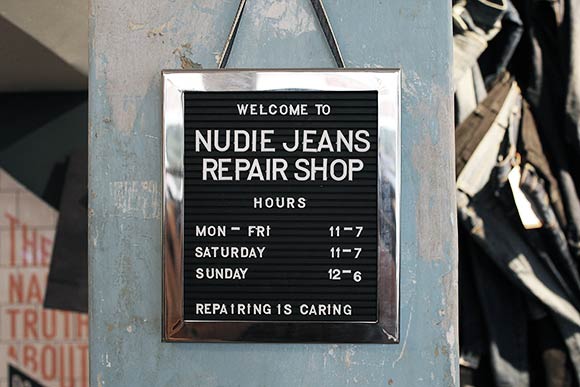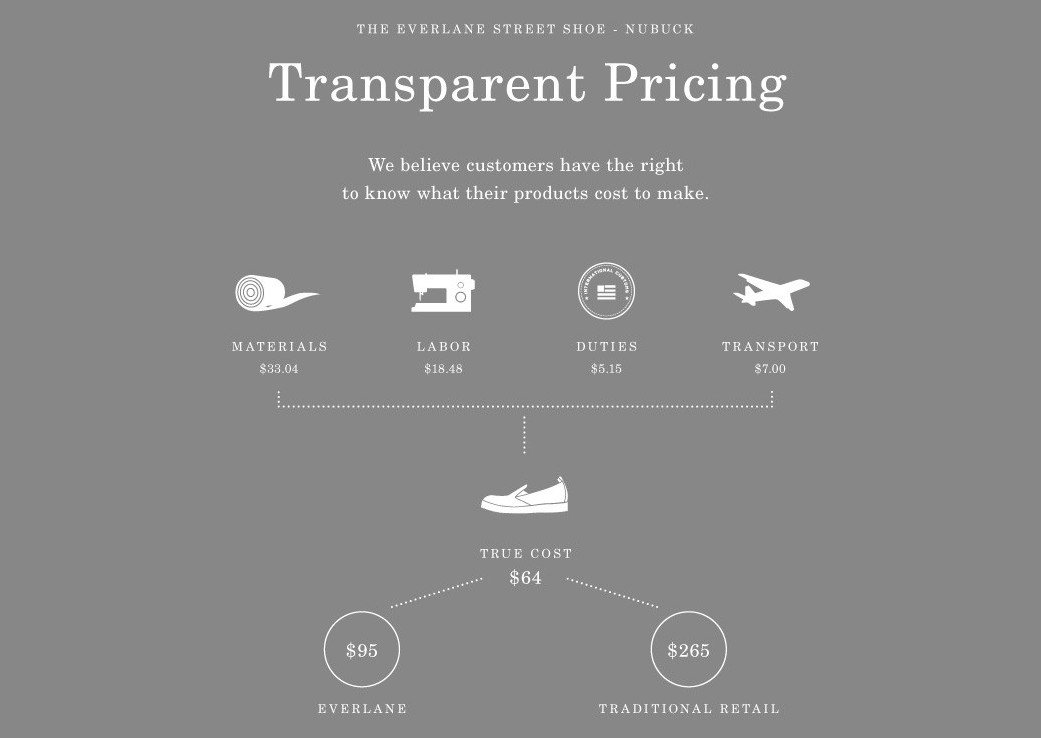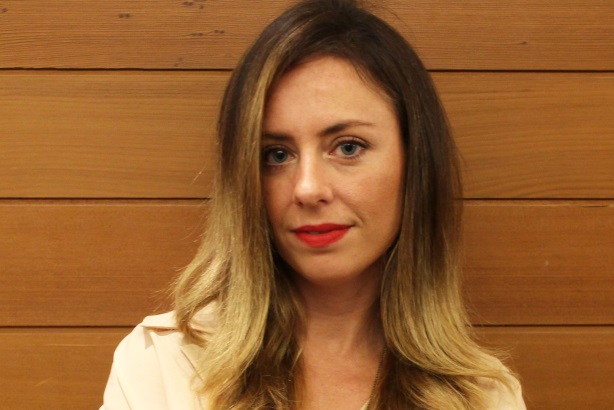By Brooke Blashill (Class of 2015)
Senior Vice President, Ogilvy Public Relations Worldwide, and Director of The Boutique @ Ogilvy

For brands to be successful in the future, they need to align value with “values.” That was the resounding sentiment at last month’s major trend conferences: Copenhagen Fashion Summit, the preeminent global forum for sustainable fashion, and WGSN Futures, the London event predicting retail trends in 2030.
While there was talk of artificial intelligence, multi-generational workforces and the impact of the sharing economy, it was a new shift in the sustainability dialogue that dominated conference discussions. Once seen as a supply chain issue, the topic of ethics and responsibility spanned product design, retail strategies and buying approaches.
Spurred by the next generation of high-powered, conscious consumers, retailers are addressing the business functions where quick and impactful changes can be made – such as marketing – while other parts of the business play catch-up.

Nike, for instance, said that sustainability is an innovation challenge that begins with its design team – tasking designers to make a product with the least environmental impact, setting the goal to cut their carbon footprint by half while doubling production.
Other brands, such as Selfridges and H&M, are changing the way they communicate with their customers about environmental issues by putting sustainability messages at the forefront of dedicated campaigns, in-store experiences and digital content. In years past, these types of stories would only appear around Earth Day or timed to the launch of special collections.
According to Nielsen, 2.5 billion “aspirational” consumers are becoming increasingly interested in, and making decisions based on, the environmental and social impacts of their purchases. This move isn’t about altruism – it’s driven by the consumer desire to make choices that represent who they are and what they believe in.
For retailers, that means authentically realigning a brand with the values and beliefs of their customers by being transparent and helping shoppers make smarter and more informed purchase decisions. For some brands, this could be as simple as communicating existing eco-efforts that have been taking place behind the scenes, or collaborating with credible partners to bring broader awareness to these issues and help redefine the industry conversation.
“Good design is sustainable design.” Imran Amed, Founder and CEO of The Business of Fashion, made this statement in Copenhagen when debating media’s role in evolving the sustainable fashion dialogue. Media and marketers have a responsibility to unite this conversation using their creativity to “make sustainability sexy,” says Vanessa Friedman of The New York Times.
So how does one use these creative powers of persuasion for good? I had the opportunity to talk with a variety of industry leaders during these two trend conferences, and here are some examples of how brands are applying these important principles across areas such as retail strategy, advertising and digital:
Retail Strategy – Selfridges has demonstrated that eco and luxury can live in harmony through its award-winning campaign, “Project Ocean,” creatively integrating messages about ocean protection into the store experience from the window displays to the food hall. The department store has also hired its first Director of Sustainability and taken a new approach to buying, ensuring brands meet standards on ethical trade, while championing new brands with a sustainable focus through its “Bright Young Things” project.

Advertising – The trend in repair wear, or mending an item so it can last longer, is now spanning luxury retailers to mass market brands. WGSN says this concept, which they call “Brand Immortality,” is what big industry players, including Barbour and Brooks Brothers, have been doing for years in the form of added-value services. Now, the difference is that brands are making this a central part of external marketing campaigns and gaining customer loyalty as a result. For example, Patagonia took out an ad in the New York Times during Black Friday with the headline, “Don’t Buy This Jacket,” following up with a “Better than New” cross-country road trip to fix customers’ old coats. Nudie Jeans, the indie denim label, has opened 20 stores globally that include a repair shop offering free mending and alterations for all their jeans.

Digital – Transparency has become the new buzz word, and Zady, the online eco-retailer, sets the example for the industry with its business model. Named by Fast Company as one of the most innovative retail companies in the world, Zady’s editorial approach to e-commerce and social media allows customers to see what country their clothes were made in and who makes them. Costs transparency is also gaining popularity among consumers, and is likely to become a new industry standard. Brands including Everlane and The Reformation have dedicated platforms on their e-commerce sites to list production and sourcing costs. Similarly, new luxury menswear company Boga publishes details about the materials and textile houses it uses under The Know section of its website.

The common thread between these companies is that they made the concept of a socially responsible purchase decision part of a desirable lifestyle through consistent brand stories that both inspire and educate. While some of these initiatives are not completely new, retail experts at both conferences predicted these approaches will be the business standard in the next three to five years. As the trend in mindfulness and conscious consumption becomes more mainstream, the most successful brands will be those that lead by example and authentically reflect the values of their customers.
—–
Brooke Blashill is a Senior Vice President at Ogilvy, the award-winning global marketing agency, and a recipient of PR Week’s esteemed 40 under 40 award. Blashill founded and leads The Boutique, an international retail division dedicated to helping clients develop creative and effective communications strategies with a focus on campaign development, product launches, brand experiences, designer collaborations and influencer engagement. Core areas of expertise include luxury, apparel, accessories and home. http://www.ogilvy.com/. Twitter @brookeblashill


